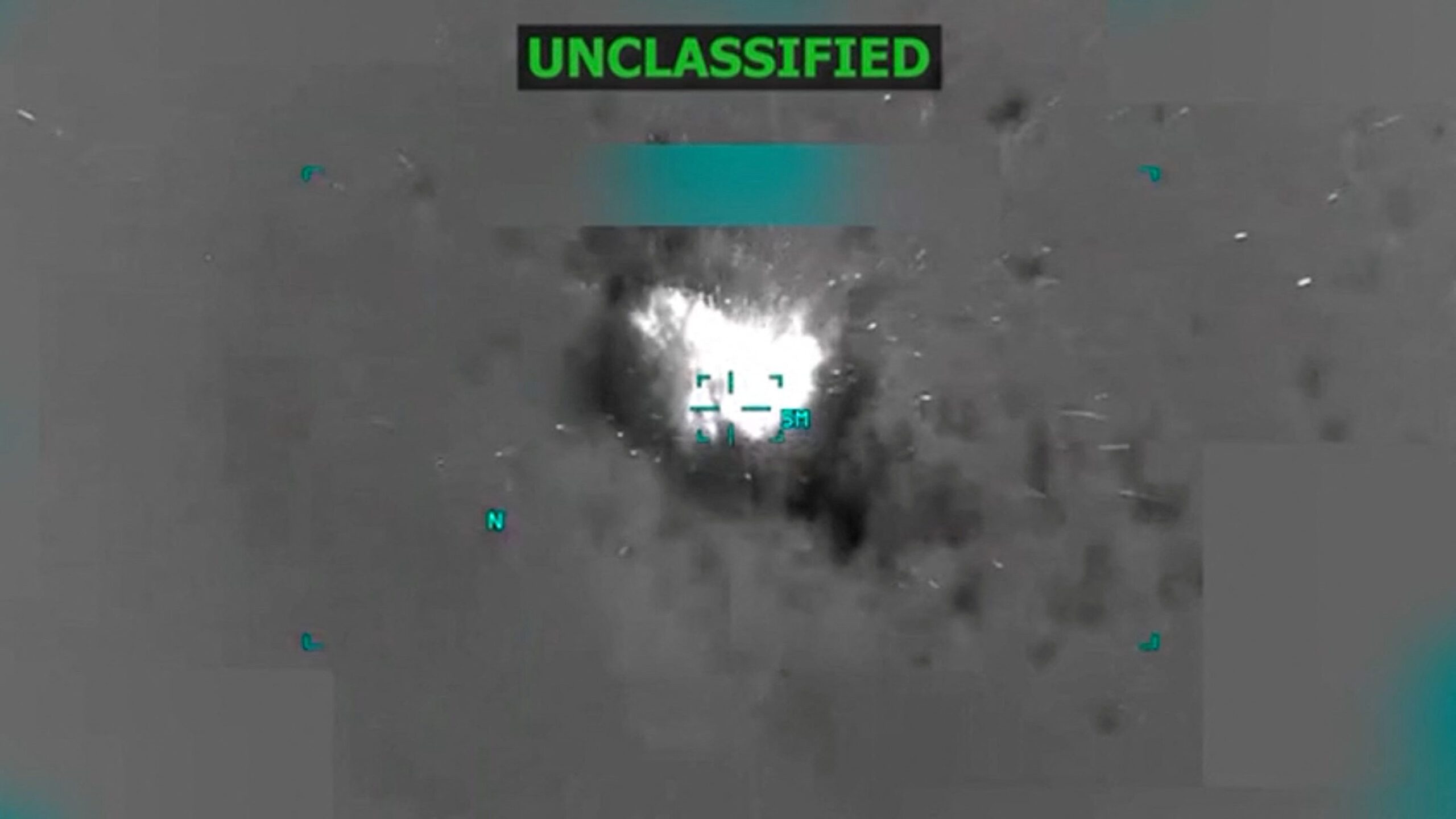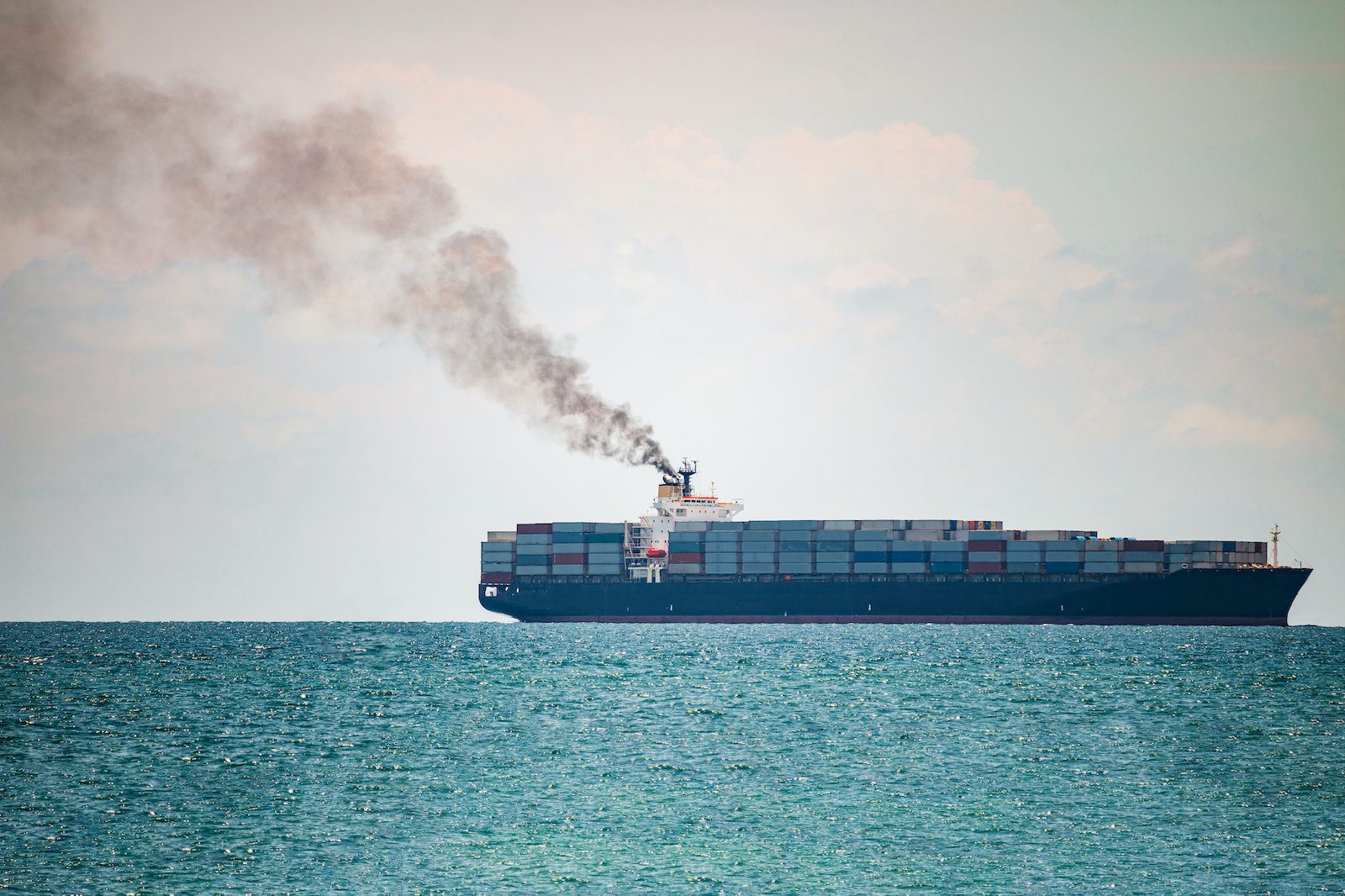Offloading at the LOOP. Photo courtesy Louisiana Offshore Oil Port
By Dan Murtaugh
July 10 (Bloomberg) — For more than 30 years, the Louisiana Offshore Oil Port LLC has been a symbol of U.S. dependence on foreign oil, pumping Nigerian and Saudi Arabian crude from the world’s biggest supertankers into underground storage caverns beneath the marshes of southern Louisiana.
Now, with domestic production at a 28-year high, LOOP’s managers are thinking the previously unthinkable: They want to reverse the flows and send North American oil out as well as take foreign oil in.
To be an outbound hub, the port needs financial commitments from shippers to build needed infrastructure, and even under the most optimistic scenario, it will be a year before it loads the first tanker, Barb Hestermann, LOOP’s business development manager, said by phone yesterday. Still, the fact that LOOP is considering the project underscores how shale drilling and oil- sands mining have altered energy flows in North America.
“This is what oil independence is all about,” Carl Larry, president of Oil Outlooks & Opinions LLC in Houston, said by phone yesterday. “We’re going to get to point where we reach maximum capacity of oil storage in the Gulf Coast and we’re going to have to move that crude out to somewhere else.”
The terminal was conceived in 1972, a year before the Arab oil embargo, and opened in 1981. It’s owned by units of Marathon Petroleum Corp., Valero Energy Corp. and Royal Dutch Shell Plc. It remains the only port in the U.S. that can unload Ultra Large Crude Carriers and Very Large Crude Carriers, the two biggest classifications of oil tankers.
Salt Caverns
Instead of pulling into a dock along the shore, vessels unload at buoys about 20 miles (32 kilometers) south of the Louisiana coast. A pipeline 48 inches in diameter transports oil to storage tanks and underground caverns carved out by injecting fresh water into natural salt formations.
The caverns sit one-third of a mile below ground, hidden beneath brackish bayous in Clovelly, Louisiana. All that’s visible are massive arrays of pipes shooting out along the surface of the water. Combined with the tanks, the caverns give LOOP about 69 million barrels of storage, making it the U.S.’s largest private terminal.
Shipments into the port peaked in 2005 at 1.18 million barrels a day, according to Louisiana state records, about 12 percent of total U.S. imports. Deliveries dropped below 1 million barrels a day in 2009 and last year fell to 658,000, the fewest since 1985.
Falling Imports
The decline mirrors that of total U.S. imports, which fell to 6.47 million barrels a day in the week ended May 16, the least since 1997, U.S. Energy Information Administration data show. Net liquid fuel imports, as a percentage of consumption, are projected to slip to a 45-year low in 2015, Adam Sieminski, the EIA’s administrator, said in a July 8 statement.
Improvements in horizontal drilling and hydraulic fracturing have drawn crude from previously unreachable formations in Texas and North Dakota, propelling U.S. output to 8.5 million barrels a day, the highest level since 1986.
West Texas Intermediate crude, the U.S. benchmark, fell for a 10th day, the longest losing streak on record. It dropped as much as 74 cents to $101.55 a barrel in electronic trading today on the New York Mercantile Exchange.
The terminal modified its buoys in 2012 to accept smaller tankers carrying domestic crude. About 13 percent of the port’s volumes have come from Texas so far this year.
Canadian Crude
The next step could be loading that domestic oil or crude mined from Canada’s oil sands onto tankers. Engineers have finished preliminary planning on two projects that would allow the reversed flows, Hestermann said.
One would make the existing pipeline between the buoys and storage bi-directional. That would take about a year to mechanically complete. The port is still receiving enough inbound shipments that it would be challenging to switch the flows long enough to load a vessel, Hestermann said.
The long-term solution is building another pipeline dedicated to loadings. That would take about two to three years, and would require new permits, she said.
The mechanical changes aren’t the end of LOOP’s challenges. The terminal’s chief advantage over other ports like Corpus Christi, Texas, and St. James, Louisiana, would be its ability to load the world’s largest tankers.
A law known as the Jones Act requires all shipping between U.S. ports to be done aboard American-built-and-crewed vessels, most of which are small enough to use existing ports.
U.S. Restrictions
The U.S. also restricts exports of domestic oil, with shipments to Canada allowed. Oil exports totaled 268,000 barrels a day in April, the highest since 1999, according to EIA data.
The U.S. Commerce Department recently told two companies that some ultra-light oil from the Eagle Ford known as condensate, which goes through a stabilizing process at the oil field that includes a distillation tower, can also be exported.
LOOP can receive Eagle Ford crude through Shell’s Ho-Ho pipeline, and it has received condensate, Terry Coleman, vice president for business development, said by phone. It hasn’t evaluated opportunities surrounding stabilized condensate exports, he said.
The terminal accepts Mars and Thunder Horse oil from the Gulf of Mexico via offshore pipelines. If output from those fields increases as expected in the next few years, it could provide another push for vessel loadings, Hestermann said.
Big LOOP
One path that could be promising is re-exporting Canadian oil. Production in Canada has risen 42 percent to 3.6 million barrels a day in the past five years. The U.S. allows re-exports of foreign crude that hasn’t been mixed with domestic oil.
For now, LOOP doesn’t have access to a steady flow of Canadian crude. It has received a few shipments down the Seaway pipeline and loaded onto vessels at Freeport, Texas, Hestermann said.
A new rail terminal or pipeline project might give them the access they need. Changes to U.S. export policy or the Jones Act might also provide a boost to their efforts.
“Anything that would allow larger vessels, that’s what really makes our project more viable,” Hestermann said. “LOOP is all about big.”
Copyright 2014 Bloomberg.

 Join The Club
Join The Club











